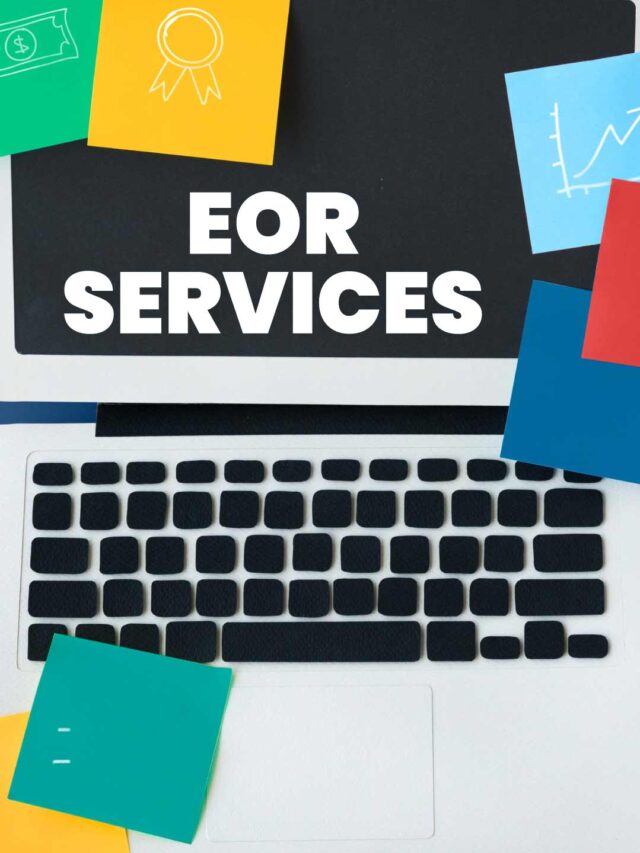
-
August 7, 2025
7 Key Differences between Individual Taxpayer Identification Number (ITIN) & Employer Identification Number (EIN)
Introduction
Every taxpayer requires a unique identification number, and the Internal Revenue Service (IRS) has provided two options for this purpose: the Individual Taxpayer Identification Number (ITIN) and the Employer Identification Number (EIN). While both the ITIN and EIN serve a similar purpose, there are several significant differences between the two identification numbers. One of the main differences between them is ITIN is issued to individuals for tax filing purposes, while EIN is issued to businesses for tax and administrative purposes.
What is ITIN?
ITIN stands for Individual Taxpayer Identification Number (ITIN). It is a nine-digit number issued by the Internal Revenue Service to individuals who are not eligible for a Social Security number but are required to file taxes. This includes non-resident aliens, foreign nationals, and dependents or spouses of U.S. citizens or residents.
How to Obtain an Individual Taxpayer Identification Number?
Here is the process to obtain an ITIN:
- Fill out Form W-7.
- Gather the required documents, such as a valid passport.
- Submit the application by mail or in person at an IRS Taxpayer Assistance Center.
- Wait for processing, which can take 7-11 weeks.
- Check the application status by calling the IRS toll-free number.
- Renew the ITIN as necessary.
What is an EIN?
EIN stands for Employer Identification Number (EIN) and is a nine-digit number assigned by the Internal Revenue Service to businesses and other entities for tax purposes. It is a requirement for any entity that operates as a business, has employees, or is required to file taxes.
To obtain an EIN, you must determine your eligibility and complete Form SS-4, providing all required information such as your business name and address. You can submit the application online, by mail, or by fax and wait for processing, which can take several weeks. Once your application is processed, you will receive your EIN in a confirmation notice, which you should keep on record for tax-related purposes.
7 Key Differences between ITIN & EIN
Here are the 7 key differences between ITIN and EIN:
|
Key Differences
|
ITIN |
EIN |
|
Purpose |
Issued to individuals for tax filing purposes, who are not eligible for a Social Security Number (SSN). |
Issued to businesses and entities for tax and administrative purposes. |
|
Eligibility |
Available for non-resident aliens, resident aliens, and certain other individuals as specified by the IRS. |
Available for businesses, partnerships, corporations, estates, trusts, and other entities. |
|
Application Process |
Requires the completion and submission of Form W-7 along with the necessary supporting documents to the IRS. |
Requires the completion and submission of Form SS-4 to the IRS. |
|
Documentation |
Requires specific identification documents such as passport, birth certificate, and other supporting documents to establish identity and foreign status. |
Does not require personal identification documents; business-related information such as entity type, purpose, and ownership structure is provided. |
|
Tax Filing |
ITIN holders can use their ITIN to file federal tax returns and meet tax obligations. |
EIN is primarily used by businesses and entities for federal tax filing, employment tax reporting, and other tax-related purposes. |
|
Renewal |
ITINs must be renewed every few years. The renewal process for Individual Taxpayer Identification Number involves filing a new application. |
EIN does not expire. |
|
Legal Obligations |
ITIN holders are responsible for complying with individual tax obligations as per U.S. tax laws. |
EIN holders have specific legal obligations related to employment taxes, payroll reporting, and other business-related obligations. |
|
Number Format |
ITIN number is nine digits long, it begins with the number 9 and is formatted like XXX-XX-XXXX. |
EIN is also nine digits long, it begins with either a 1 or a 2 and is formatted like XX-XXXXXXX. |
Conclusion
In conclusion, the ITIN and the EIN may seem similar at first glance, but they are intended for different purposes and have different application processes. By understanding the differences between these two tax identification numbers, you can ensure that you are applying for the correct one and using it appropriately.
File an ITIN Application
One of the essential requirements for foreign business owners in the USA is to get an Individual Taxpayer Identification Number (ITIN).
About Ebizfiling -










Reviews
Ajit Mehra
29 Jul 2018I had already missed the ITR date until I came across their Facebook post which reminded me of the same. I simply contacted them and they did it all.
Dhairya Lalan
23 Apr 2022Amazing team. They had a word with me post working hours and solved all my queries related to tax consultancy. I highly recommend the services.
Neha Mody
27 Nov 2017“Quite impressed with the professionalism and efficiency that ebiz- filing have demonstrated throughout! Everything runs like clockwork. This means that I can concentrate on building my profession and not be worrying about compliance requirements, the team takes care of it all. Excellent work!!"
December 12, 2025 By Dhruvi
Should business advisors learn fundraising compliance basics? To Start With, When a founder begins their startup journey, the first person they usually speak to is a business advisor, not a lawyer or an accountant. Advisors become the early voice of […]
October 30, 2025 By Dhruvi
ITR Filing Extension F.Y. 2024-25: Common Mistakes to Avoid Before the New Deadline Introduction The CBDT has extended the due dates for ITR filing and audit report submissions for FY 2024-25. The new ITR filing deadline is now 10th December […]
February 24, 2025 By Team Ebizfiling
RBI Rules for Foreign Subsidiary Companies in India The Reserve Bank of India (RBI) has certain rules for foreign companies operating in India or Indian companies with foreign investors. These rules ensure smooth business operations while following Foreign Exchange Management […]